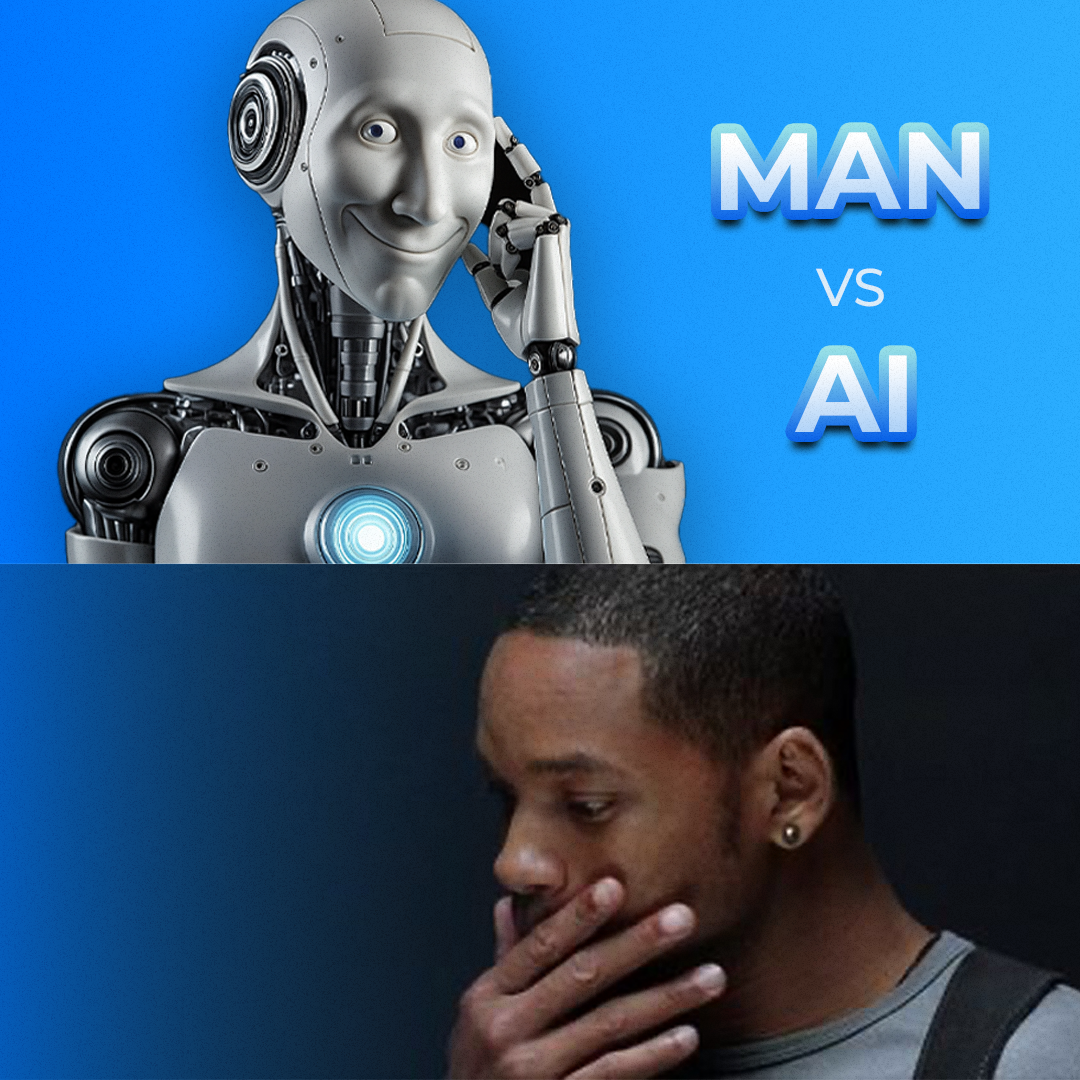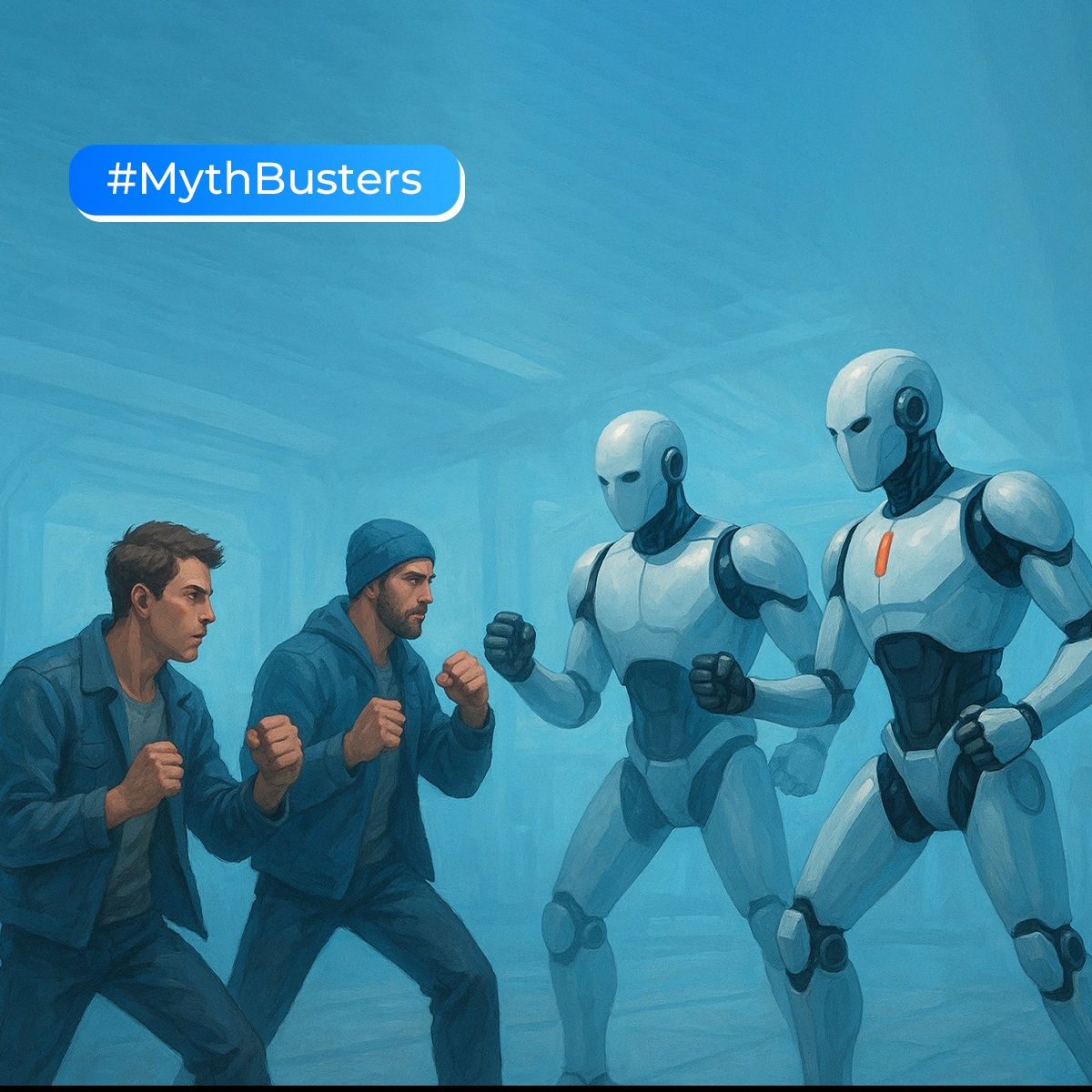When a product designer set out to help his pregnant wife manage gestational diabetes, he didn’t turn to a developer. He turned to AI. It was just him, GPT, and a goal to create a full-featured health tracker from scratch.
For a while, it worked. However, bugs appeared, design broke, and AI stopped listening. One wrong prompt, one missed commit, one broken build, and when everything crashed, he couldn’t fix it. Because he never learned how.
The true value comes from recognizing the boundary. Tomorrow’s boost in software productivity won’t come from surrendering control to AI, but from smart delegation, deciding which tasks the algorithms can handle, and which still need a human developer’s hand.
Wizards Need Manuals Too
It all started with him describing features, uploading mockups, and watching AI turn ideas into code. His goal was simple: a health-tracking app where his wife could log blood sugar, insulin, and meals ready for her doctor. He didn’t write a single line of code. Just prompts and edits. When the AI got stuck, he rephrased. When layouts broke, he tweaked settings. Even when the app failed to launch in Xcode, he ditched native development and built a simple web page instead. Slowly, it came together. But as the prototype grew, so did its instability. Cursor skipped designs, added strange logic, or forgot context. No checkpoints, no version history, and no manual fixes. He hadn’t saved progress in Git. When he finally tried, it was too late. The last working version was gone. AI needed better instructions. The instructions needed technical skills. And those? He never had.
It’s easy to see the appeal. AI tools promise to turn your ideas into code. Just describe it, and it builds. But that illusion fades once your project outgrows a to-do list or simple calculator. Real products have moving parts, hidden logic, and edge cases. They crash, evolve, and conflict. Yes, you can build with AI, but building is only the beginning. Maintaining, debugging, and extending is where the real work lies. That takes clarity, control, and real understanding. Prompts ≠ Skills. AI may feel like magic, but it still needs a skilled hand behind the curtain.
Size matters
AI can build plenty of small tools well enough. Many were once cobbled together from templates in hours anyway. But that magic fades as projects grow. Real systems have logic, dependencies, and user flows. Complex behavior lives in layers: validation, transformations, and nuanced rules. Explaining all that to a model is like teaching tax law to a toddler. For instance, just the event-handling spec can span multiple screens. And that might not even include data validation, aggregation, or business-specific calculations. That’s only one piece. Now imagine changing logic downstream, something that touches everything. AI wouldn’t adapt, it would overwrite. And like processor speed, there’s a limit. Scaling it further eventually will give diminishing returns.
It’s not just size – it’s complexity
Even if your app is small, things get tricky once you add real business logic. Complexity doesn’t always come from scale. It’s in the formulas, edge cases, and hidden conditions. Maybe you’re building scientific calculations, bonus systems, or accounting rules. On the surface, it looks simple. But describing that logic fully is tough. Often, writing it by hand is faster and more precise than prompting an AI. You need accuracy in every formula, exception, and rounding rule. Miss one, and the output fails. Even with a perfect prompt, the model might hallucinate or misread your logic. Sometimes, even basic input validation takes more effort to explain than to code.
When things break (and they will)
No matter how good your app looks on the surface, things will go wrong. It might slow down, crash, or behave unpredictably. And when it does, you need tools in place to understand why. At the very least, that means setting up proper logging. Ideally, you’ll also need metrics, dashboards, alerts, and notifications across multiple channels. And that’s where things get tricky for AI. Even basic logging isn’t plug-and-play. You have to decide what to log, how much, in what format, and which data needs masking. Add to that trace IDs, context variables, and performance considerations, and suddenly, it’s more architecture than automation. Describing all of this in a prompt is exhausting. You’d spend more time explaining how to monitor the system than actually building it.
Coding is just the tip of the iceberg
Writing code is only one piece of the software puzzle. Before that come:
- Communicating with stakeholders
- Coordinating integrations
- Designing test cases
- Writing the actual code and corresponding tests
- Running and debugging
- Conducting code reviews, resolving merge conflicts, and improving code quality
- Performing various rounds of testing, including integration, regression, and performance checks
- Fixing bugs found during QA
- Setting up monitoring tools, supporting users, and troubleshooting issues in production.
Thus, AI might be a great assistant in writing code, but as you can see that’s just only a fraction of what it takes to actually build and run real software. Can AI take responsibility for some parts of a software developer’s job? Possibly yes, but in small and well-defined areas. In the end, real software still needs real engineers.
Final Thoughts
Building an app solely with AI, without a technical background or a skilled developer, will result in a small program. One that doesn’t demand scalability, security, or testing. It won’t handle future upgrades well, since even minor changes can easily break it. We’re talking student projects, personal hacks, one-off tools, or isolated scripts. AI can assist with speed, suggestions, and automation. But if you don’t understand the code, can’t read bugs, or predict what might break, the project will eventually collapse. Delegating isn’t the same as knowing. AI still needs real intelligence to drive it.




